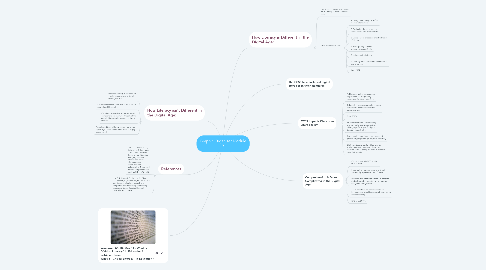Graphic Organizer Module 3
por Giorgi Ervolina


1. Wiobyrne. (2018, May 11). What is "Critical Literacy" in Education? Retrieved from What is “Critical Literacy” in Education?
2. How Literacy isn't Different in the Digital Age:
2.1. Functional literacy is still needed in order to comprehend literal meanings of text.
2.2. Literal comprehension must also be focused on during skills learning.
2.3. If students are unable to reach a literal comprehension, they will struggle at the critical thinking/skills required in digital literacy.
2.4. Paper-based texts still play a large role in the digital age - state assessments are still largely paper based.
3. References
3.1. Leu, D. J., Kinzer, C. K., Coiro, J. L., & Cammack, D. W. (2004). Toward a theory of new literacies emerging from the Internet and other information and communication technologies. Theoretical models and processes of reading, 5(1), 1570-1613.
3.2. Leu, D.J., Forzani, E., Rhoads, C., Maykel, C., Kennedy, C., & Timbrell, N. (2015). The new literacies of online research and comprehension: Rethinking the reading achievement gap. Reading Research Quarterly, 50(1), 37-59.
4. How Literacy is Different in the Digital Age:
4.1. Literacy is no longer just focused on the ability to read and write text.
4.2. New Literacies Include:
4.2.1. 1. Using a search engine to find reliable information.
4.2.2. 2. Evaluating the accuracy and usefulness of information online.
4.2.3. 3. Using a word processor effectively and efficiently.
4.2.4. 4. Participating in online discussions productively.
4.2.5. 5. Using email efficiently.
4.2.6. 6. Inferring what information may be found at a hyperlink.
4.2.7. (Leu, 2004).

